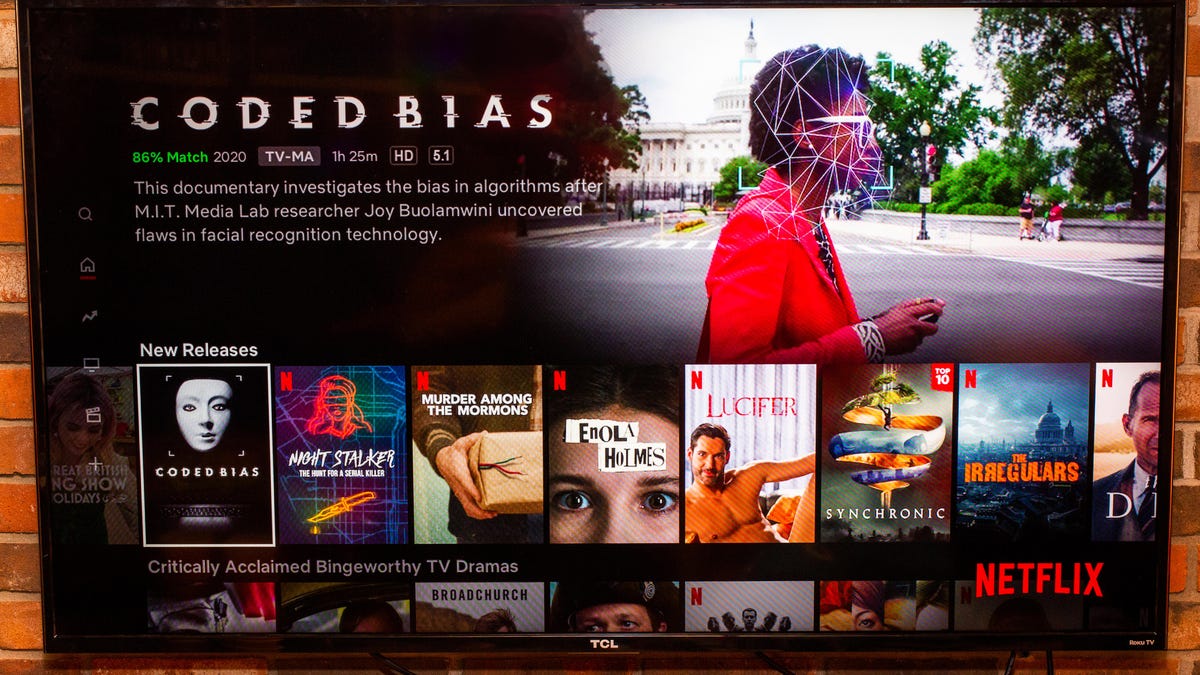
/ScreenShot2019-02-13at1.12.39PM-5c649670c9e77c0001d32489.jpg)
- #Netflix 4k browser movie
- #Netflix 4k browser android
- #Netflix 4k browser software
- #Netflix 4k browser download
- #Netflix 4k browser free
Netflix developed several technologies to help manage its IT systems, an area known as DevOps. Īnother outage occurred on December 24, 2012. This caused a three-hour downtime in Netflix services, and resulted in some improvements to the Netflix recovery software. In June, 2012, a storm in the eastern US caused power outages in a major Amazon data center.
#Netflix 4k browser software
Netflix uses a variety of open-source software in its backend, including Java, MySQL, Gluster, Apache Tomcat, Hive, Chukwa, Cassandra and Hadoop. Netflix has over 1 petabyte of data stored on Amazon, which is sent to content delivery networks (including Akamai Technologies, Limelight Networks and Level 3 Communications) that feed the content to local ISPs.
#Netflix 4k browser movie
Master copies of digital films from movie studios are stored on Amazon S3, and each film is encoded into over 50 different versions based on video resolution and audio quality, using machines on the cloud. In 2010, Netflix moved to using Amazon EC2 for its information technology (IT) resources. They then partnered with the developers of eight services deemed the most valuable, including Instant Watcher, Fanhattan, Yidio and Nextguide. In June 2014, Netflix announced they would be retiring the public API it became effective November 14, 2014. They instead focused on a small number of known partners using private interfaces, since most traffic came from those private interfaces.

In June 2012, Netflix began to restrict the availability of its public API. For example, on November 16, 2009, Netflix released an official Nokia app that allowed some trailer streaming, and on August 26, 2010, they released an official iPhone app. The API allowed developers to release Netflix applications for mobile devices. Įxamples of the API's use included Rotten Tomatoes and The New York Times, which allowed users to click to add titles to their Netflix queues or begin watching them on "Watch Instantly" from their pages and Jinni, which let users search in Watch Instantly and import some user information, such as reviews. A developer network included a forum for asking and answering questions.
#Netflix 4k browser free
The API was free and allowed commercial use. It allows access to data for all Netflix titles, and allows users to manage their movie queues. On October 1, 2008, Netflix offered access to its service via a public application programming interface (API).
#Netflix 4k browser android
Deprecated.įor Android devices, Roku 2, Xbox, PS3, Wii, Wii U Internet Explorer ActiveX plugin hosted on Windows Media Player. Netflix creates several encoding profiles for each title, tailored for different devices, consisting of video and audio codecs in specific file formats with specific DRM: Profile name
#Netflix 4k browser download
Netflix lets users choose their video download quality on its website. In 2016, Netflix standardized two DCT-based video coding formats for its mobile services: AVCHi-Mobile, based on AVC and VP9-Mobile, based on VP9. Users need the top-tier subscription option to view this content. As of December 2015, Netflix's 4K catalogue can be watched on BT's Ultra HD box.

In 2015, BT's YouView launched Ultra HD channels and a 4K box to watch it on in the UK. Netflix uses adaptive bitrate streaming technology to adjust video and audio quality to match broadband connection speed and network conditions. As of 2016, Netflix's most common video coding format is the discrete cosine transform (DCT) based Advanced Video Coding (AVC), also known as the H.264 format, as it is the most widely supported format in web browsers, televisions, mobile devices, and other consumer devices. According to Netflix, the vast number of codec and bitrate combinations can mean having to encode the same title 120 different ways to deliver it to all streaming platforms. The rapid expansion and diversification of Netflix-capable devices necessitated encoding into many different formats-including H.264 (AVC), VC-1, H.263 and H.265 (HEVC) for video, and Dolby Digital, Dolby Digital Plus, Advanced Audio Coding (AAC) and Ogg Vorbis for audio. Streaming started in 2007, solely using Microsoft technologies and codecs such as VC-1 for video and Windows Media Audio (WMA) for audio. This led to the majority of Netflix users reliably streaming movies and television shows rather than receiving physical discs by mail. Netflix's popularity dramatically increased with the addition of streaming through an online queue. Initial DVD discs sent to customers via US mail were often criticized for being scratched and not fully playable.


 0 kommentar(er)
0 kommentar(er)
